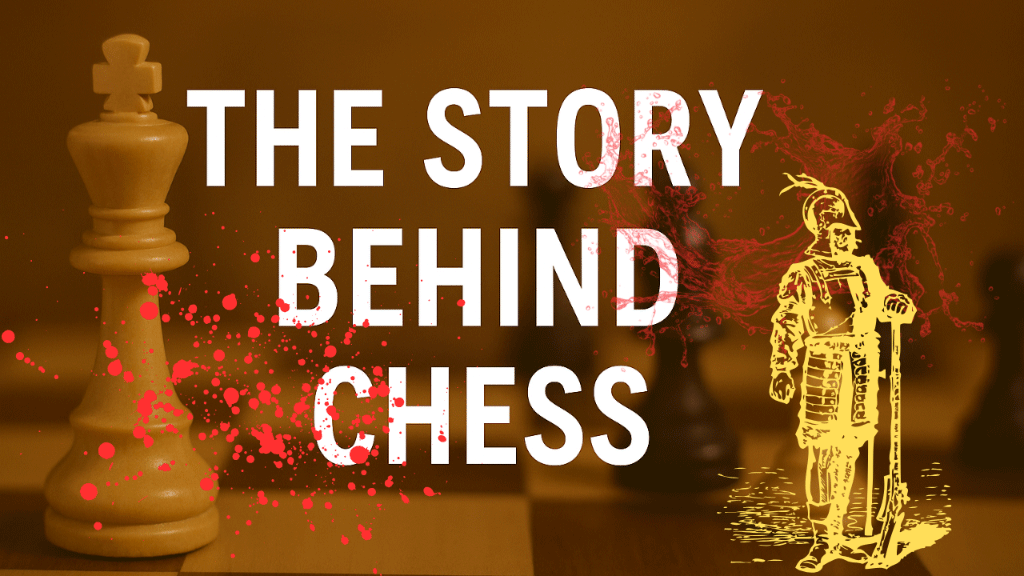Few games have survived as long or evolved as gracefully as chess. Played by kings, scholars, and thinkers for over 1,500 years, chess is a unique blend of strategy, psychology, and art. (Story Behind Chess)
It’s more than just a board game. It’s a battle of intellect, a study of patience, and a mirror reflecting the evolution of human thought.
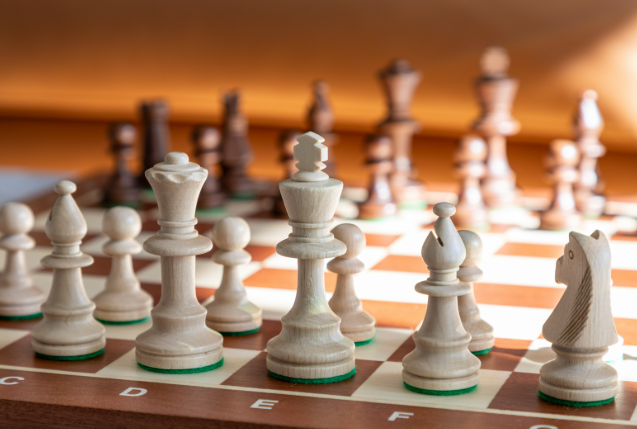
The Ancient Origins of Chess
The story of chess begins in 6th-century India with a game called Chaturanga, played on an 8×8 board. Its pieces represented the four divisions of the Indian army — elephants, chariots, cavalry, and infantry — precursors to today’s bishops, rooks, knights, and pawns.
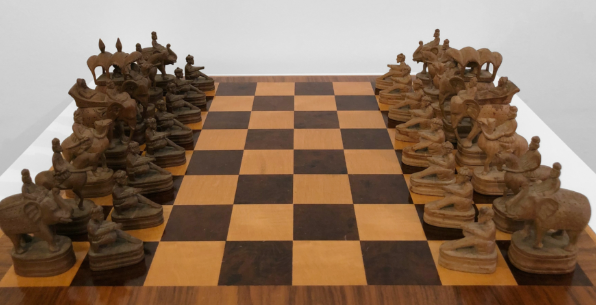
From India, it spread to Persia, where it became known as Shatranj. The word checkmate comes from the Persian phrase “Shah mat,” meaning “the king is dead.”
As Islamic culture flourished, chess reached Europe through Spain and Sicily around the 9th century. By the 15th century, the game had transformed dramatically — the queen and bishop gained new powers, and the modern rules of chess took shape.
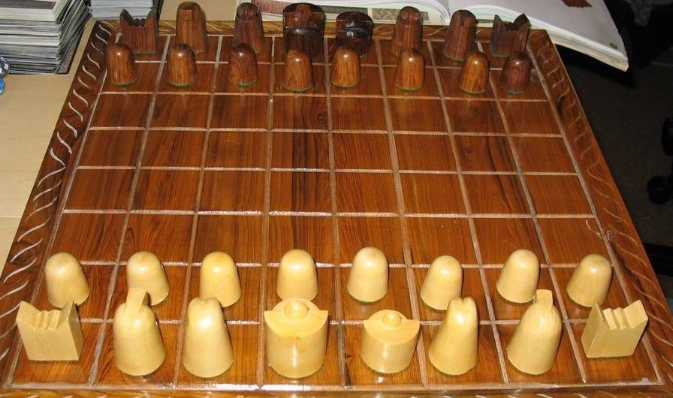
For a deeper look at the early evolution of the game, see this overview by the Metropolitan Museum of Art.
A Game That Reflects Society: The Rise of the Queen
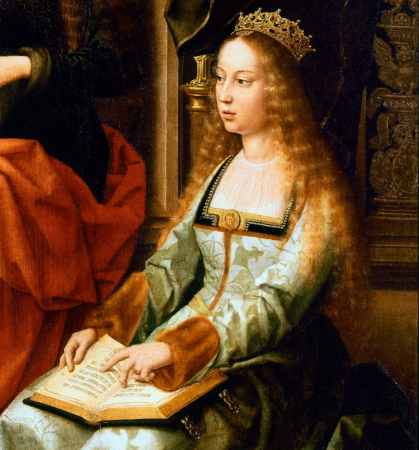
One of the most fascinating changes in chess history was the transformation of the queen. In early versions, she could move only one square at a time.
Her rise to power in the 15th century coincided with the reigns of Queen Isabella of Spain and Queen Elizabeth I of England — both influential leaders. Many historians believe this was not a coincidence but a reflection of the growing political influence of women during that era.
Chess, like language and art, evolved alongside human culture — adapting to the values and stories of its time.
The Science and Psychology of Chess

Chess has often been described as the “gymnasium of the mind.” It trains memory, concentration, logic, and foresight.
A skilled player doesn’t merely calculate moves but anticipates the opponent’s thoughts, blends creativity with discipline, and balances risk with logic. Research suggests that regular play can improve problem-solving skills and even delay cognitive decline in older adults (Harvard Health Publishing).
Great minds such as Albert Einstein, Benjamin Franklin, and Marcel Duchamp found intellectual satisfaction in chess, calling it both a science and an art.
Famous Openings: The Art of the First Move
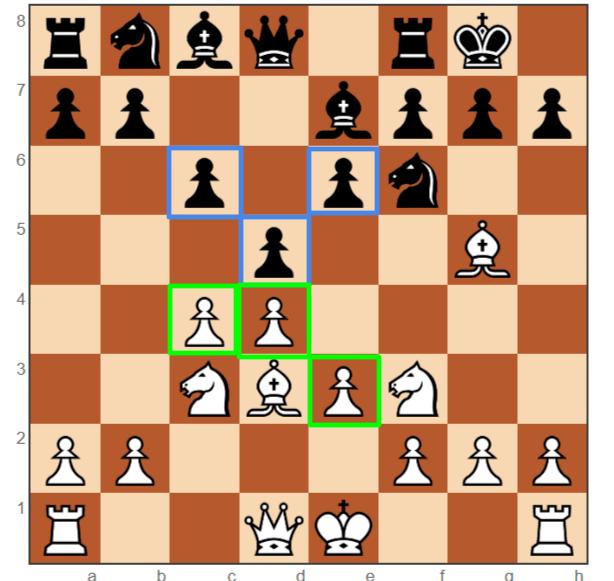
The opening phase of a chess game sets the tone for the entire battle. Some openings have become legendary, each reflecting a distinct strategic philosophy:
- The King’s Pawn Opening (1. e4): The most direct and popular start, aiming for fast development and center control.
- The Queen’s Gambit (1. d4 d5 2. c4): A bold offer of a pawn for long-term positional advantage — revived by the hit Netflix series The Queen’s Gambit.
- The Sicilian Defense (1. e4 c5): Dynamic and complex, often leading to sharp, tactical play favored by world champions.
- The Ruy López (1. e4 e5 2. Nf3 Nc6 3. Bb5): A classical and balanced approach named after a 16th-century Spanish priest who wrote one of the first chess manuals.
For an accessible database of openings, visit Chess.com’s Opening Explorer.
From Palaces to Pixels: Chess in the Modern World (Story Behind Chess)
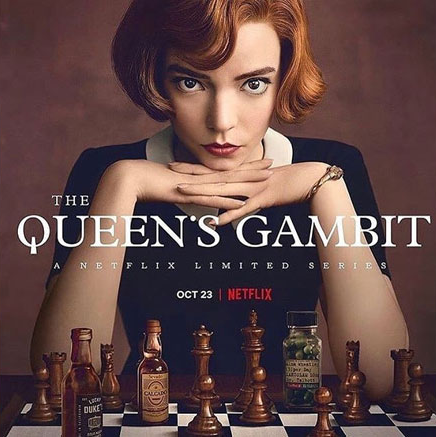
The digital age has given chess a powerful new platform. Online chess websites such as Chess.com and Lichess.org host millions of games daily, bringing players from all over the world together instantly.
In 2020, the Netflix mini-series The Queen’s Gambit reignited global interest in chess. Sales of chess sets skyrocketed, and new players flooded online platforms to test their skills.
Meanwhile, artificial intelligence has revolutionized how the game is studied. Engines like Stockfish and AlphaZero analyze millions of positions per second, offering insights that even grandmasters once thought impossible. You can explore the cutting edge of AI chess at DeepMind’s AlphaZero project.
Fun Facts About Chess (Story Behind Chess)
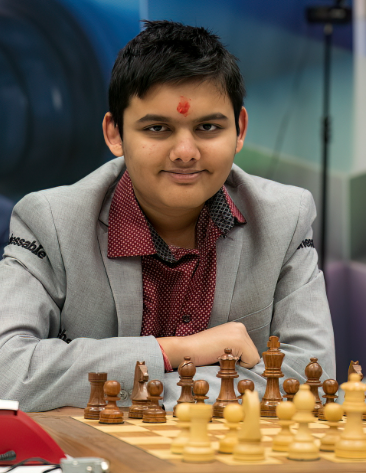
- The longest possible chess game (by rule) can last up to 5,949 moves.
- There are more possible chess games than atoms in the observable universe — an estimated 10¹²⁰ possibilities.
- The youngest chess grandmaster in history, Abhimanyu Mishra, earned the title at just 12 years old in 2021.
- The first computer chess program was developed in the 1950s, decades before personal computers existed.
- The oldest known recorded game was played in 1475 in Valencia, Spain.
For a detailed timeline of milestones, check out FIDE’s official history of chess.
Why Chess Still Captivates Us (Story Behind Chess)
In an age of instant entertainment and artificial intelligence, chess endures because it speaks to something deeply human.
It combines logic and imagination, patience and daring. It’s not about luck or chance but about understanding patterns, predicting consequences, and testing one’s mind against another.
Every move tells a story. Every game is a new universe.
As players often say:
You can’t see the future — but you can plan for it.
Conclusion (Story Behind Chess)
Whether you’re a casual player, a student of strategy, or simply someone fascinated by history, chess offers something for everyone. It’s a link between past and present — a 1,500-year-old dialogue between human intellects across time and culture.
To begin or deepen your chess journey, try these resources:
The next time you sit across a chessboard, remember: you’re not just playing a game — you’re continuing one of the oldest and most profound conversations in human history.

